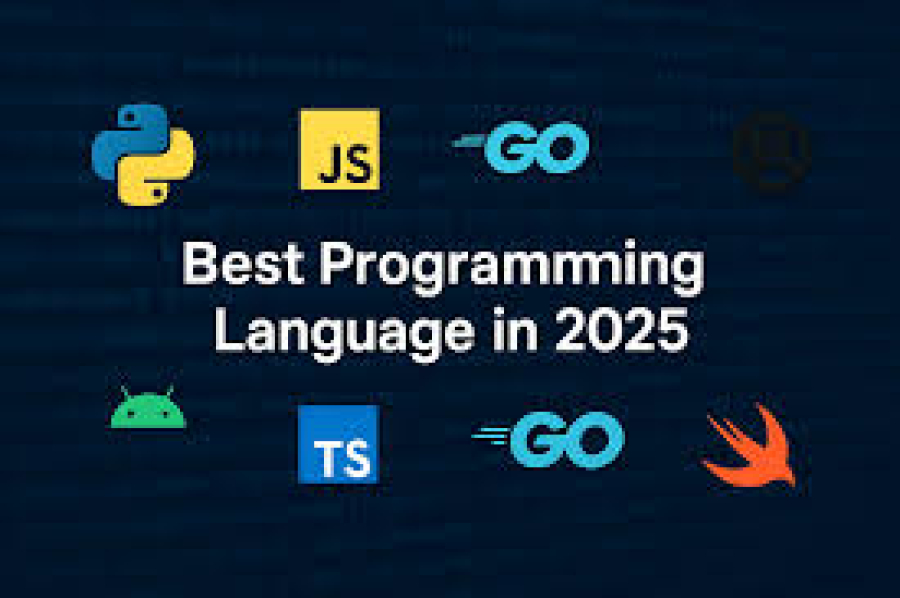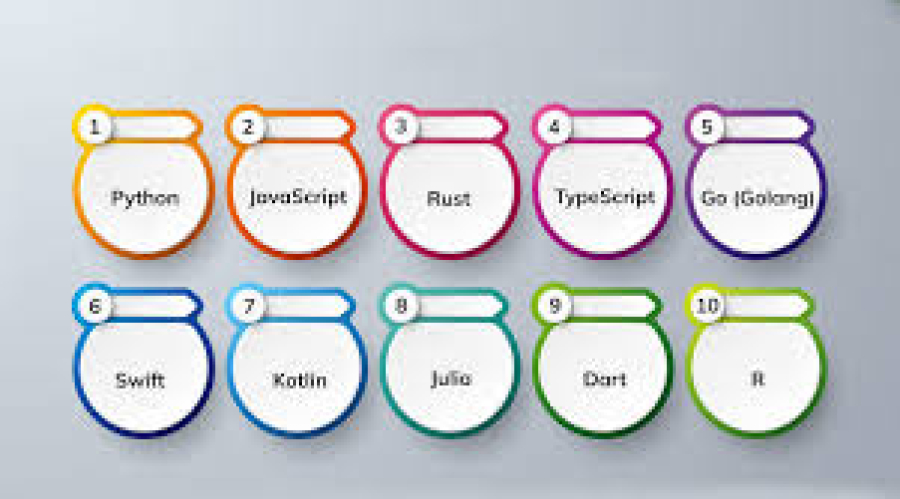How to Practice Com.petitive Programming
Competitive programming has emerged as a powerful way for freelancers to sharpen their problem-solving skills and stay relevant in the tech industry. Whether you’re a beginner or an experienced freelancer, learning how to practice competitive programming can set you apart in a highly competitive market. This article explores how freelancers can start, improve, and leverage competitive programming for professional growth.
Long Description
What is Competitive Programming?
Competitive programming is a mental sport where programmers solve algorithmic and logical problems under time constraints. These problems are hosted on platforms like Codeforces, LeetCode, HackerRank, and AtCoder. For freelancers, mastering this discipline can enhance logic-building, coding speed, and technical confidence.
Why Competitive Programming Matters for Freelancers
Improves Problem-Solving Abilities
Competitive programming teaches you how to approach problems methodically and think in algorithms. This translates well into client work, where efficient and logical solutions are highly valued.
Enhances Coding Speed and Accuracy
With frequent practice, freelancers develop faster coding skills which help in completing projects quickly and reducing turnaround time.
Boosts Confidence for Technical Interviews
Many freelance jobs require technical evaluations. Practicing algorithms and data structures gives you an edge in interviews or live assessments.
Adds Credibility to Your Profile
Having a profile with high ratings on coding platforms can be showcased on portfolios, resumes, or freelancing platforms like Upwork or Toptal.
Step-by-Step Guide to Start Practicing Competitive Programming
1. Choose the Right Platform
Start by registering on platforms such as:
LeetCode: Great for job interview preparation.
Codeforces: Focuses on speed and accuracy with timed contests.
HackerRank: Suitable for beginners and intermediate users.
AtCoder: Popular among advanced programmers.
2. Learn the Basics of Data Structures & Algorithms (DSA)
Before diving into problems, make sure you’re familiar with:
Arrays and Strings
Linked Lists
Stacks and Queues
Trees and Graphs
Sorting and Searching Algorithms
Dynamic Programming
3. Set a Weekly Practice Schedule
Consistency is key. Allocate 4–6 hours per week. You could start with:
2 Easy Problems
2 Medium Problems
1 Hard Problem
4. Participate in Contests
Contests simulate real-time pressure. Start participating once you’re comfortable with the basics. This will help improve your speed and ability to handle constraints.
5. Analyze After Every Contest
Don’t just submit and move on. Review editorial solutions and compare them with yours. Understanding efficient solutions helps you learn new tricks and shortcuts.
6. Track Your Progress
Keep a notebook or digital log of the types of problems you solve and the common mistakes. Platforms like LeetCode also offer progress dashboards.
Best Practices While Practicing Competitive Programming
Understand the Problem Before Coding
Don’t rush. Take time to understand constraints and edge cases.
Start with Brute Force, Then Optimize
Begin with a naive solution, then iterate to improve time and space complexity.
Debug Your Code Thoroughly
Use print statements, test edge cases, and re-read the problem if your logic seems off.
Don’t Skip Problems You Can’t Solve Immediately
Come back after a break. If you’re still stuck, read editorial explanations.
Use Discussion Forums
Platforms often have discussion boards where solutions and explanations are posted. Learn from others' approaches.
How Competitive Programming Benefits Freelance Careers
1. Freelance Clients Value Logic-Based Problem Solving
Clients love developers who can build optimized, scalable systems. Competitive programmers are trained to think of efficiency.
2. Makes You a Better Full-Stack Developer
Competitive programming doesn’t just make you better at algorithms—it improves your thinking process, making you better at designing solutions for frontend and backend alike.
3. Easier to Clear Platform Screening
If you freelance on platforms like Toptal, Hirable, or Gigster, many require algorithm tests before onboarding you.
4. Helps in Learning New Languages
While practicing, you get a chance to use C++, Python, Java, or even Go. This flexibility makes you language-agnostic, which helps when clients use different stacks.
Common Mistakes to Avoid
Skipping Fundamentals: Always build a strong base in DSA.
Inconsistent Practice: Daily or weekly practice is essential.
Ignoring Time Complexity: A working solution is good, but an optimized one is what matters.
Relying Only on One Platform: Explore at least two to widen your exposure.
Not Reviewing Mistakes: Analyze incorrect submissions and learn why they failed.
Resources to Boost Your Practice
Books:
"Cracking the Coding Interview" by Gayle Laakmann McDowell
"Introduction to Algorithms" by Cormen et al.
Courses:
Coursera – Data Structures and Algorithms Specialization
Udemy – Master the Coding Interview
YouTube Channels:
NeetCode
William Lin (tourist)
Gaurav Sen
How to Add Competitive Programming to Your Freelance Portfolio
Showcase Platform Ratings
Add badges or links to your Codeforces, LeetCode, or HackerRank profiles.
Write Blog Posts on Solved Problems
Share your thought process and solutions—this builds credibility.
Create YouTube Tutorials
Teaching others also reinforces your learning and builds a brand.
Link GitHub Repos
Upload your solved problems and categorize them by difficulty or topic.
Final Thoughts
Competitive programming isn’t just for aspiring FAANG employees—it’s a powerful tool for freelancers to boost their value, sharpen their skills, and build client trust. By making it a part of your routine, you not only enhance your coding abilities but also strengthen your freelance profile in a highly competitive digital space.


 by Emily
by Emily



